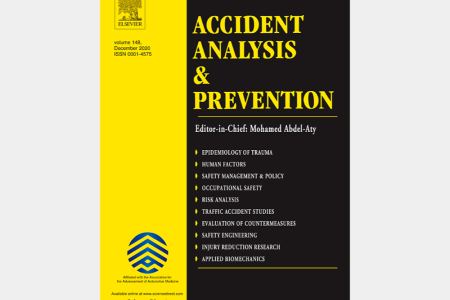SWOV researchers Varotto, Jansen, Bijleveld and van Nes coauthored the article 'Driver speed compliance following automatic incident detection: Insights from a naturalistic driving study' in the magazine Accident Analysis & Prevention.
Automatic incident detection (AID) systems and variable speed limits (VSLs) can reduce crash probability and traffic congestion. Studies based on loop detector data have shown that AID systems decrease the variation in speeds between drivers. Despite the impact on driver behaviour characteristics, most mathematical models evaluating the effect of AID systems on traffic operations do not capture driver response realistically.
This study examines the main factors related to driver speed compliance with a sequence of three VSLs triggered by an AID system. For this purpose, the variable speed limit database of the executive agency of the Dutch Ministry of Infrastructure and Water Management (Rijkswaterstaat) was integrated into the UDRIVE naturalistic driving database for passenger car data collected in the Netherlands. The video data were annotated to analyse driver glance behaviour and secondary task engagement. A logistic regression model was estimated to predict driver speed compliance after each VSL in the sequence.

